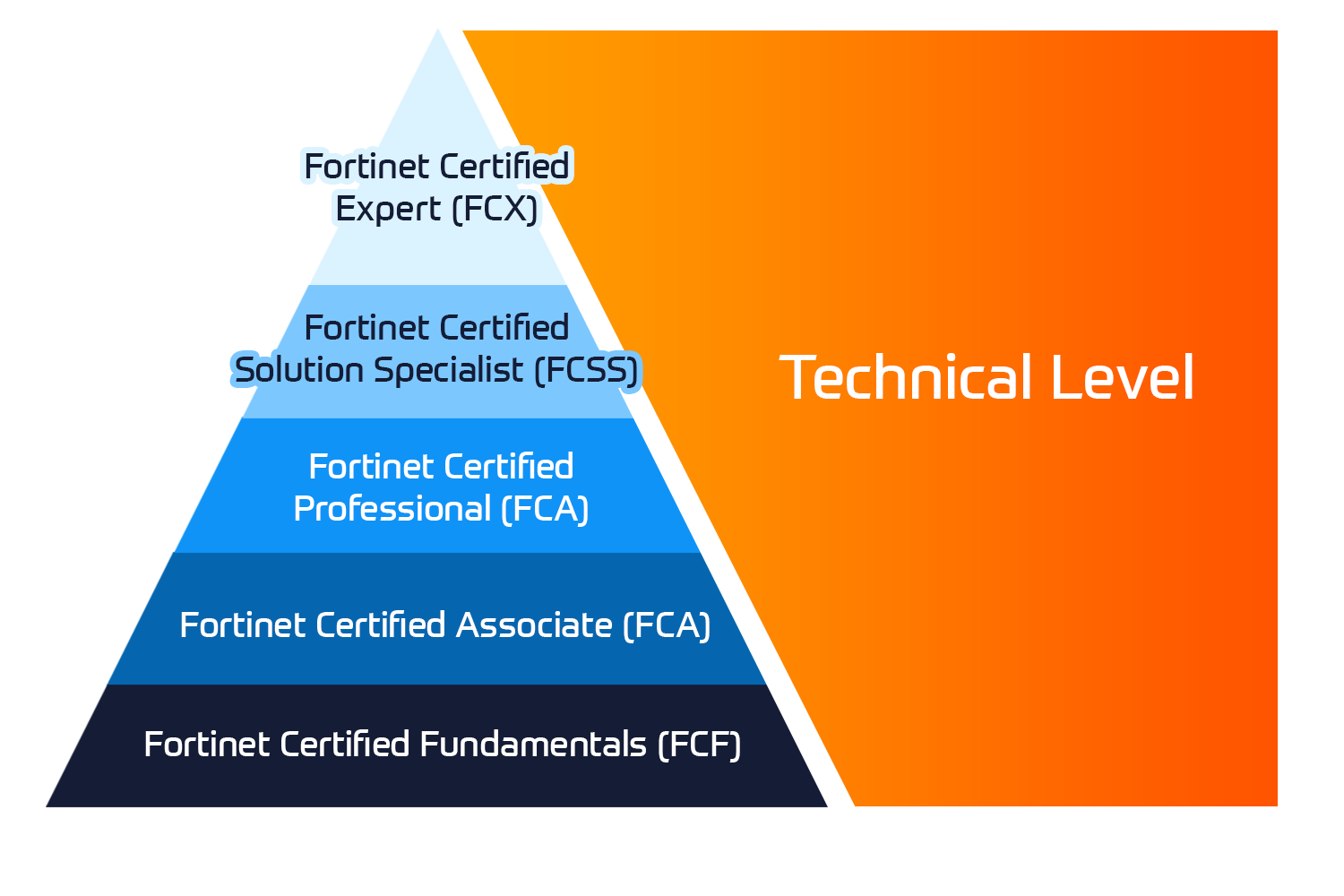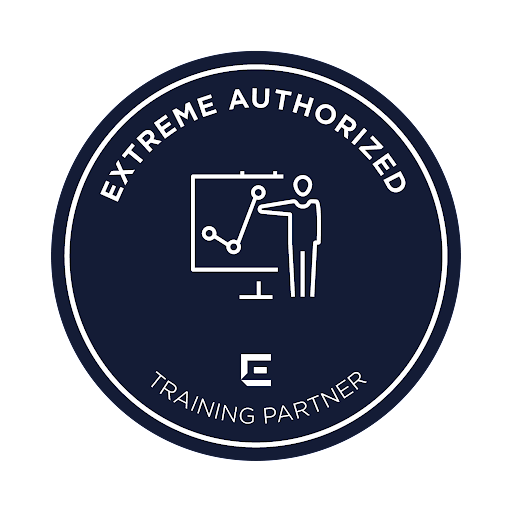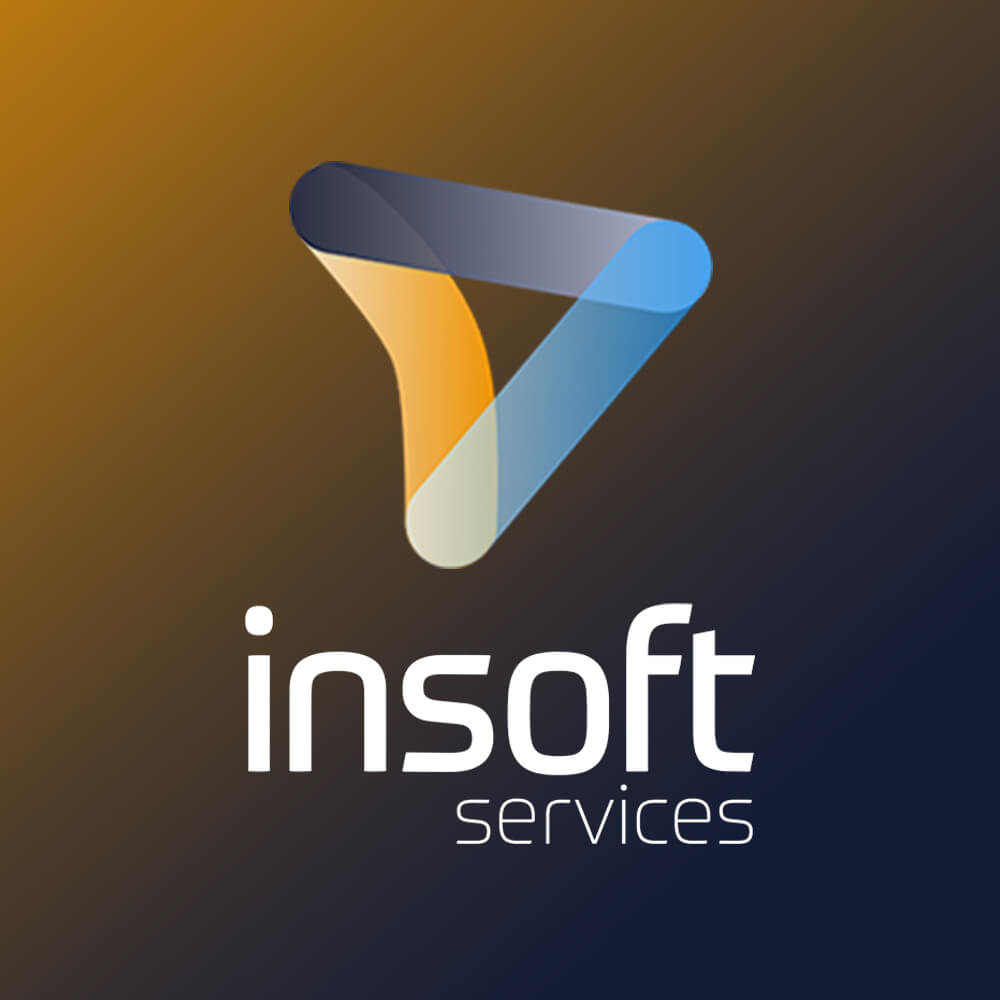The Securing Email with Cisco Email Security Appliance (SESA) training shows you how to deploy and use Cisco® Email Security Appliance to establish protection for your email systems against phishing, business email compromise, and ransomware, and to help streamline email security policy management. This hands-on training provides you with the knowledge and skills to implement, troubleshoot, and administer Cisco Email Security Appliance, including key capabilities, such as advanced malware protection, spam blocking, anti-virus protection, outbreak filtering, encryption, quarantines, and data loss prevention.
This training prepares you for the 300-720 SESA v1.1 exam. If passed, you earn the Cisco Certified Specialist – Email Content Security certification and satisfy the concentration exam requirement for the CCNP Security certification. This training also earns you 24 Continuing Education (CE) credits towards recertification.
Associated Certification:

 United Kingdom
United Kingdom Germany
Germany Denmark
Denmark Sweden
Sweden Italy
Italy Netherlands
Netherlands Norway
Norway 

















 Kesto
Kesto  Toimitus
Toimitus  Hinta
Hinta